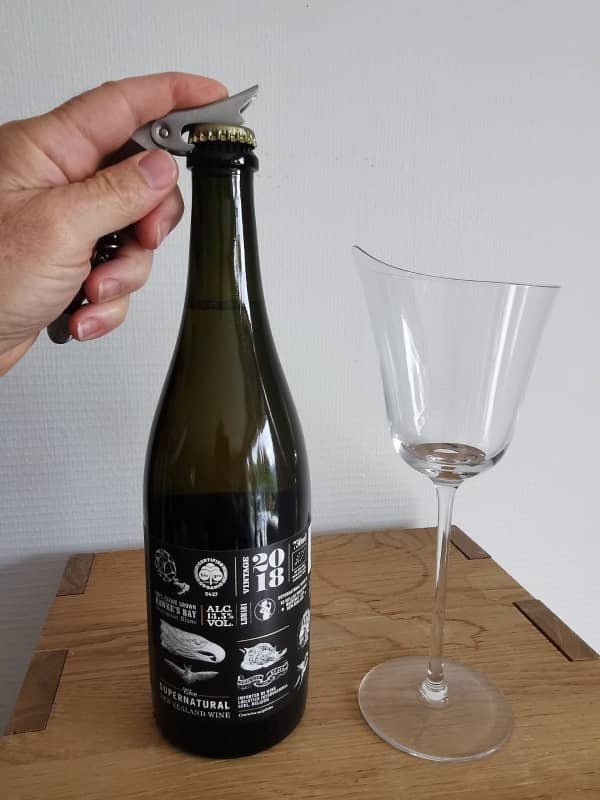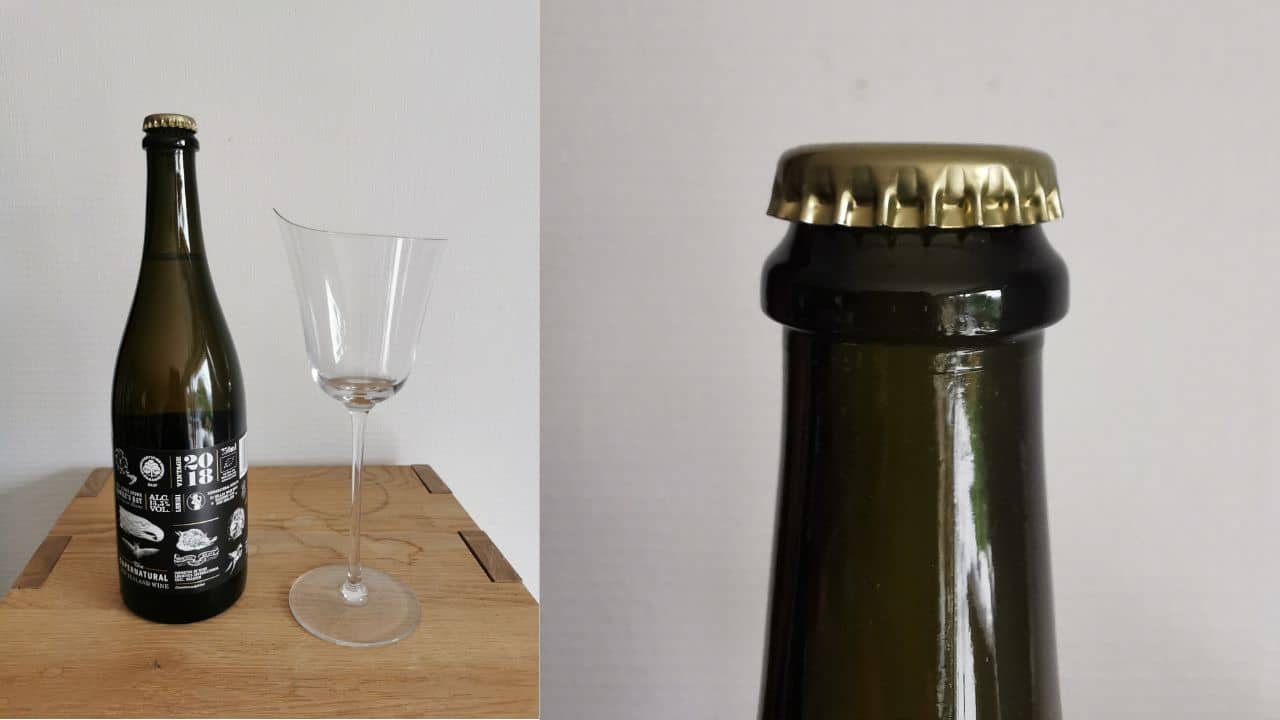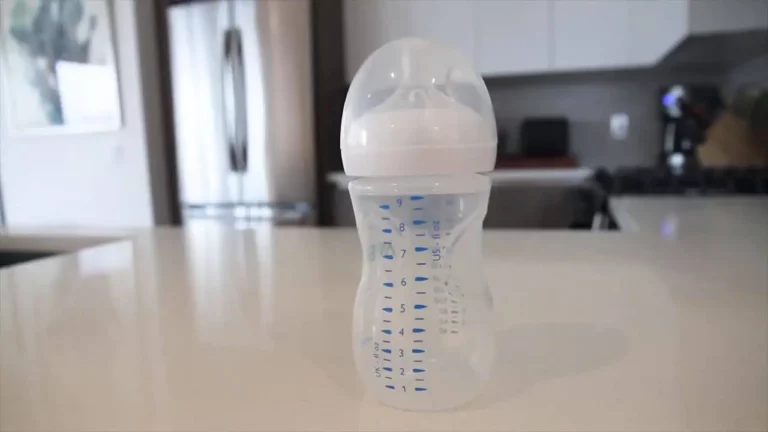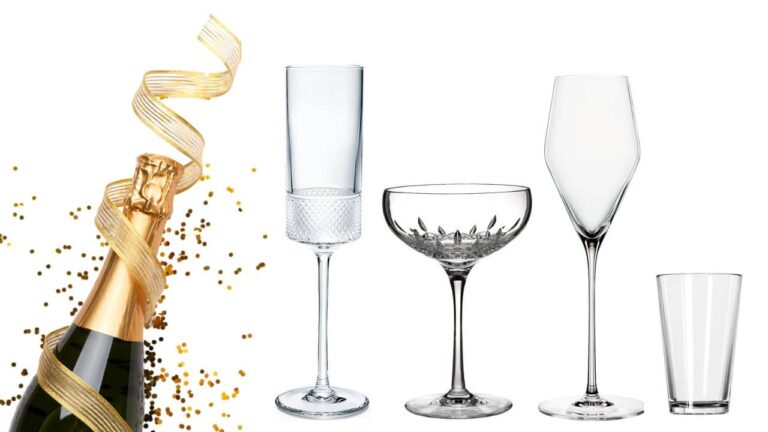Can You Use Crown Caps on Wine Bottles in 2023? The Surprising Truth!
Have you ever come across a wine bottle that has a crown cap instead of the classic cork? Did you wonder why some wine bottles use crown caps?
If you haven’t been introduced to the new crown caps trend, you must wonder if they work well.
You can use crown caps to seal off wine bottles, seen most commonly on white and sparkling wines. Wine production companies primarily use crown caps to seal off the fermentation process of the wine. This new trend of crown caps offers more durability and safety than corks.
Crown caps have a different purpose and use. Many wine manufacturers use a crown cap to seal wine bottles for wines that aren’t meant to store for longer.
By the end of the article, you’ll know all about crown-capped wines, their benefits, disadvantages, and the good-quality crown-capped brands of wine in 2022.
The Truth about Crown Caps on Wine Bottles and Your Favorite Wines (From Flat to Fizzy)
Crown caps are becoming increasingly famous for being one of the best closure methods for wines, especially for those not supposed to be preserved for aging.
Multiple other beverages use crown caps as the bottle seal, and it’s way more common than you might think.
Take a second and think about the drinks that have a crown cap! Soda, beer, cider, and other beverages must come to your mind.
Don’t be confused about crown craps being superior to corks because they’re different in their purpose and end use. Let’s further discuss why crown caps differ from corks and when to use them.
Which seal to use?
The seal of a wine bottle affects the maturity and shelf life of the wine present inside the bottle. The decision for which seal to use is usually based on how much air should reach the drink inside the closure.
If more oxygen reaches the wine, it matures faster.
So, sparkling wines and wines that are supposed to be consumed quicker, and do not need to be aged, as soon as they’re opened are better suited for a crown cap.
How effective is the crown seal?
Even though crown caps are somewhat unusual, they’re incredibly useful. They are entirely safe, like beer cans, and appropriate for carbonated wine.
The usual bottle fermentation process for sparkling wine production involves sealing off with crown corks, mainly because they can be mechanically removed while disgorging.
What does science say?
Since experts are increasingly talking about the fact that the air trapped within the bottle is sufficient for the wine to continue to mature, crown caps are becoming more appropriate for all types of wine.
Unfortunately, since crown caps are associated with other, less expensive drinks, the wine industry does not appreciate this closure system.
The Benefits and Disadvantages of Crown Caps on Wine Bottles
People say you shouldn’t judge a book by its cover, but they do judge the wine by its closure.
Putting cultural stereotypes aside, the seal may reveal a lot about the wine it contains. It can be linked with quality, culture, time, and history.
So let’s discuss some of the pros and cons of crown caps.
Benefits
Here are the four benefits of using crown caps on Wine bottles.
1. Less Environmental impact
Suppliers and producers are turning towards crowned cap wines because they’re economically viable. Crown seals can be manufactured locally, while good quality corks are traditionally imported.
Crown caps are made of recycled materials so you can throw them in your recycling material bin again.
2. Higher Durability
Crown caps are highly durable and offer complete protection against TCA*, the taint under most organic corks in wine bottles.
The crown cap seal allows the wines to age longer because their environment is devoid of oxygen.
* acronym for the chemical compound 2,4,6-trichloroanisole
3. Inexpensive
The cost of crown caps might vary per the quality of Aluminum or Steel used. However, they’re still less expensive than corks.
4. Opens With Ease
Crown caps are easier to open as compared to corks. All it needs is a little force upwards with a bottle opener.
Disadvantages
Here are the three disadvantages of using crown caps for wine bottles.
1. Less Visually Appealing
Wine connoisseurs may argue that using crown caps may not be so visually appealing. The classic wine look with a cork is compromised.
2. Association with Cheaper Drinks
Crown caps are associated with other carbonated drinks, such as sodas and beers, which are normally cheap. This association paints crown caps in a bad light.
3. The Wine-Opening Ritual

Wine is associated with multiple feelings and emotions in our culture. The ritual of opening a corked-wine bottle for a celebration overshadows crown caps, so people may not prefer it.
Does a Bottle of Wine With Crown Cap Mean a Low-Quality Wine?
According to experts, crown caps do not affect the quality of wine, nor do they change anything in the winemaking process. This is because there are no alterations required for wines to be crown-capped.
List of good wines using this closing system
Below is a list of some good quality wines and brands that have crown caps.
The one mentioned at the end I can assure you is great as I tested this wine myself!
| Country | Name |
|---|---|
| Canada | 2020 Sparkling Twisted 2020 Sparkling Twisted (Flat Rock Cellars) |
| Canada | 2018 Organic Speritz Pet Nat (Sperling Vineyards) |
| Canada | County Crémant 2013 (Grange of Prince Edward) |
| Australia | 2021 Moscato (Oliver’s Taranga Vineyards) |
| Australia | Pete’s Pure Moscato (Pete’s Pure Wines) |
| Canada | Haywire Vintage Bub 2013 2020 Narrative XC 2018 Bee-Zoo Bubbles (Okanagan Crush Pad) |
| New Zealand | The SUPERNATURAL – Tested! (Great Little Vineyards) |
Do you happen to know an excellent wine that uses this closing system? Add it in the comments under this article!
Final Thoughts
The crown closure style has its appeal in simplistic, modern-aesthetic and will potentially overcome its wrong perception in the market.
To find out more about this topic, read the book “To Cork or Not To Cork.” It’s a short book that’s fun to read and discusses the transformation of wine closure processes.
Sources
- Nuvo Magazine: The Case for Crown Caps
- Shafer Vineyards: Making TCA a Relic of the Past







